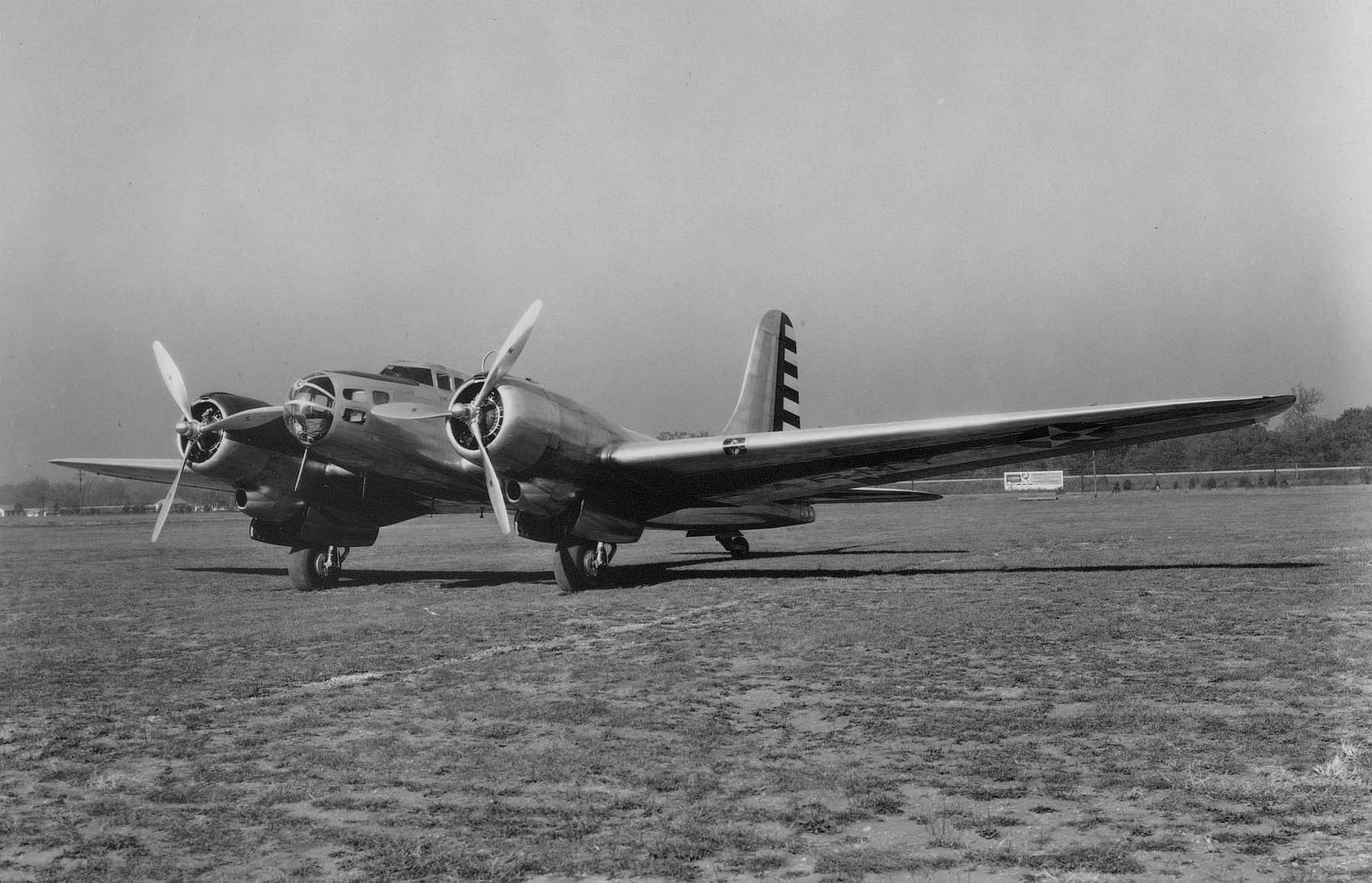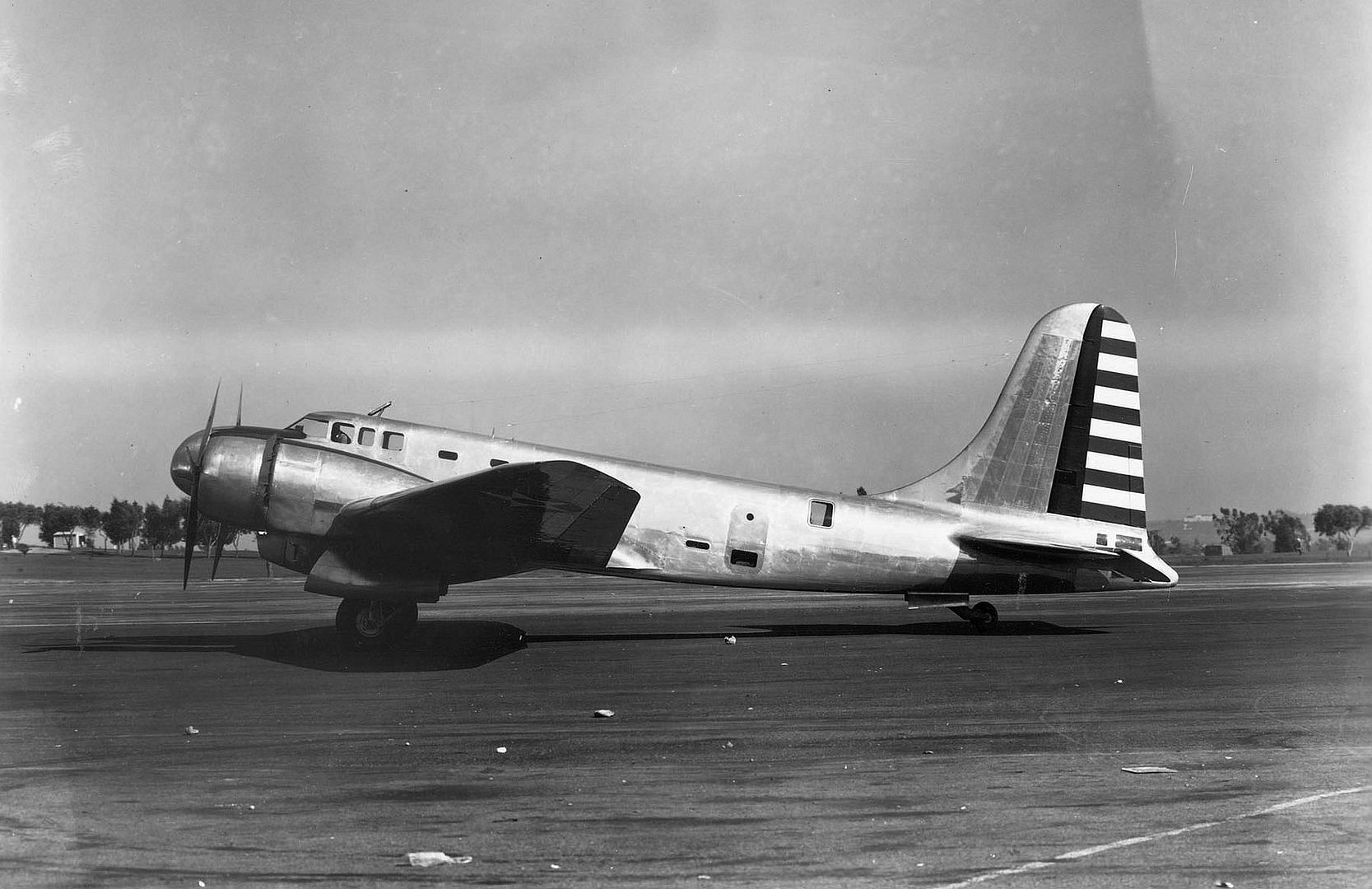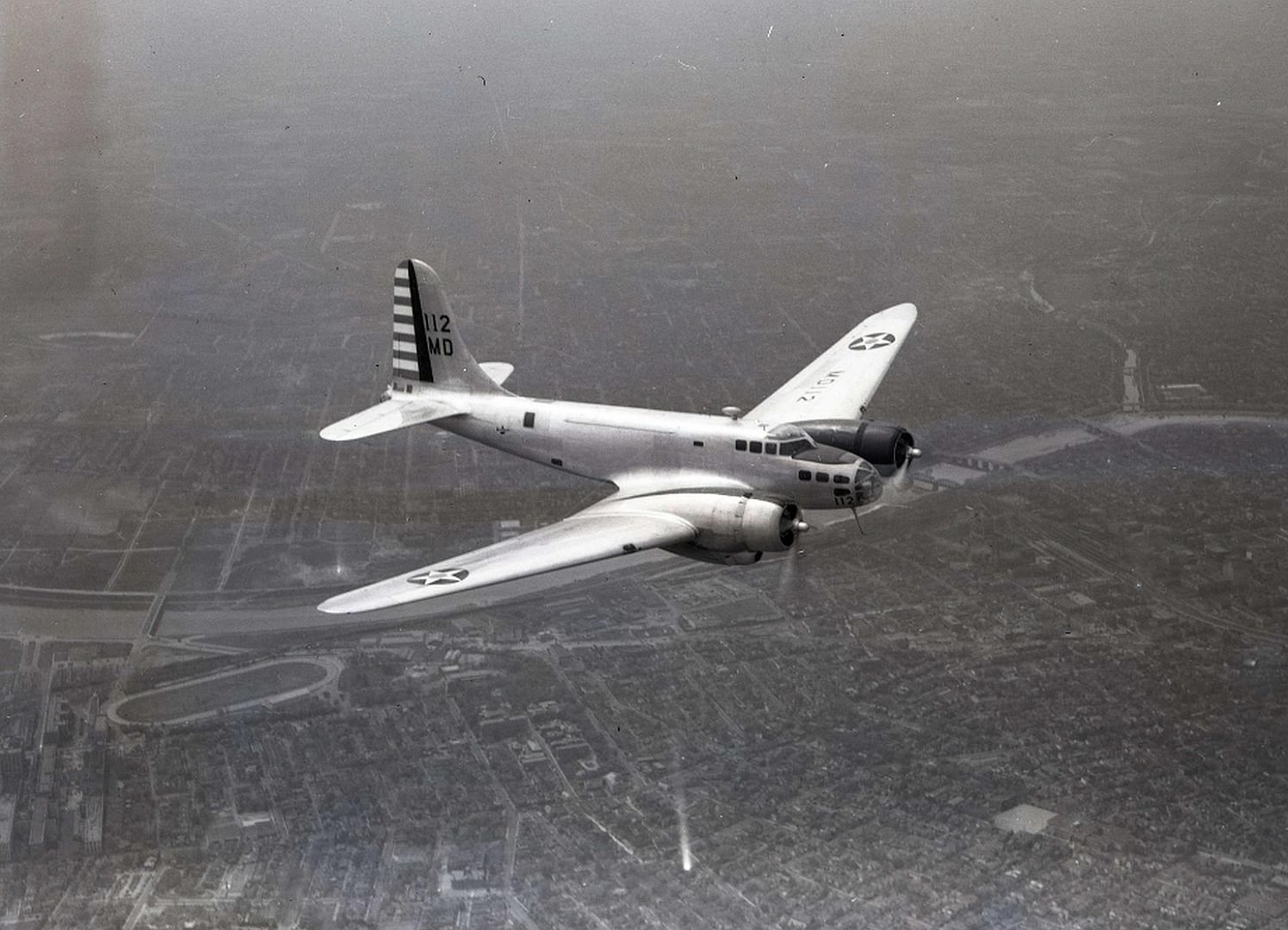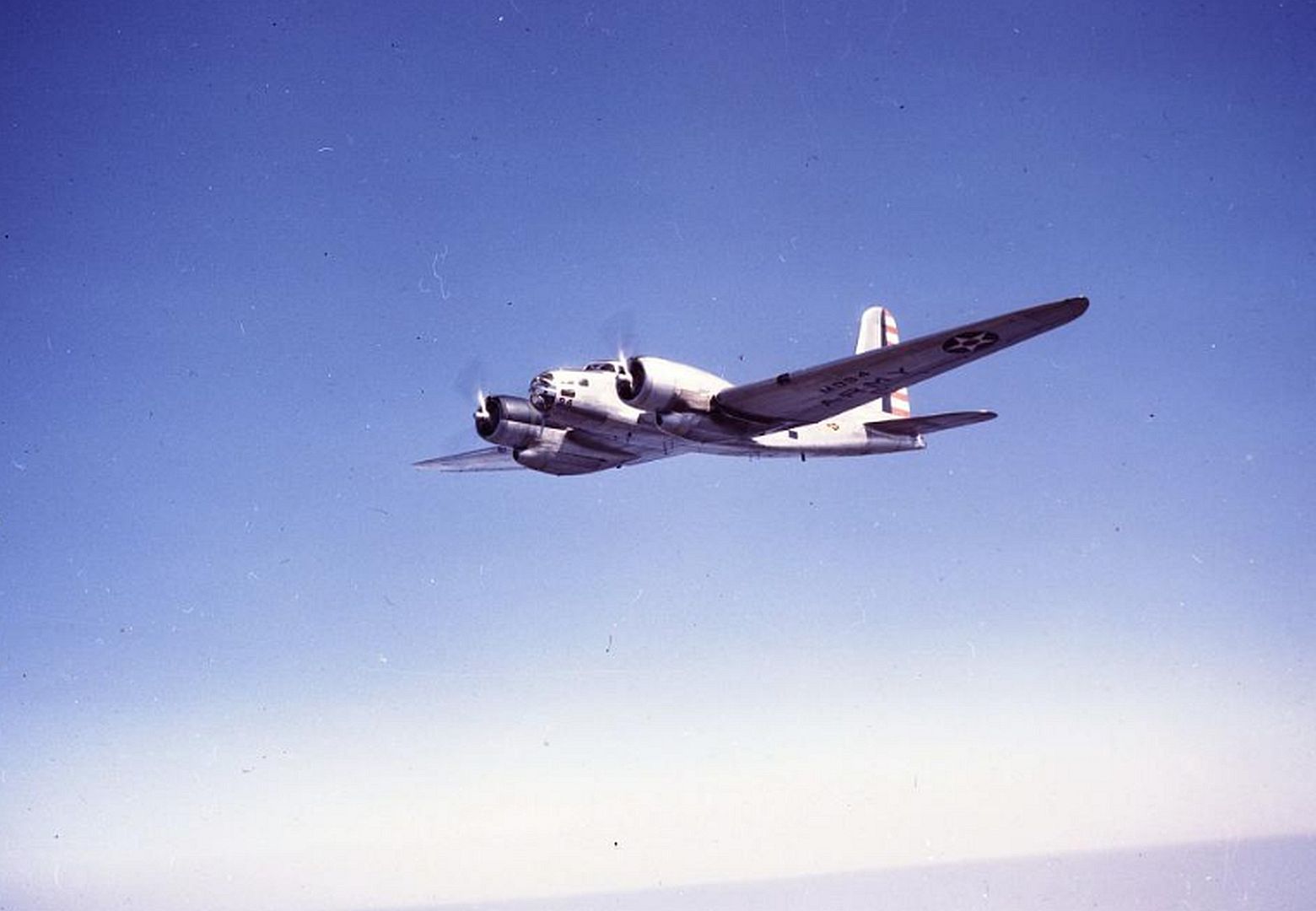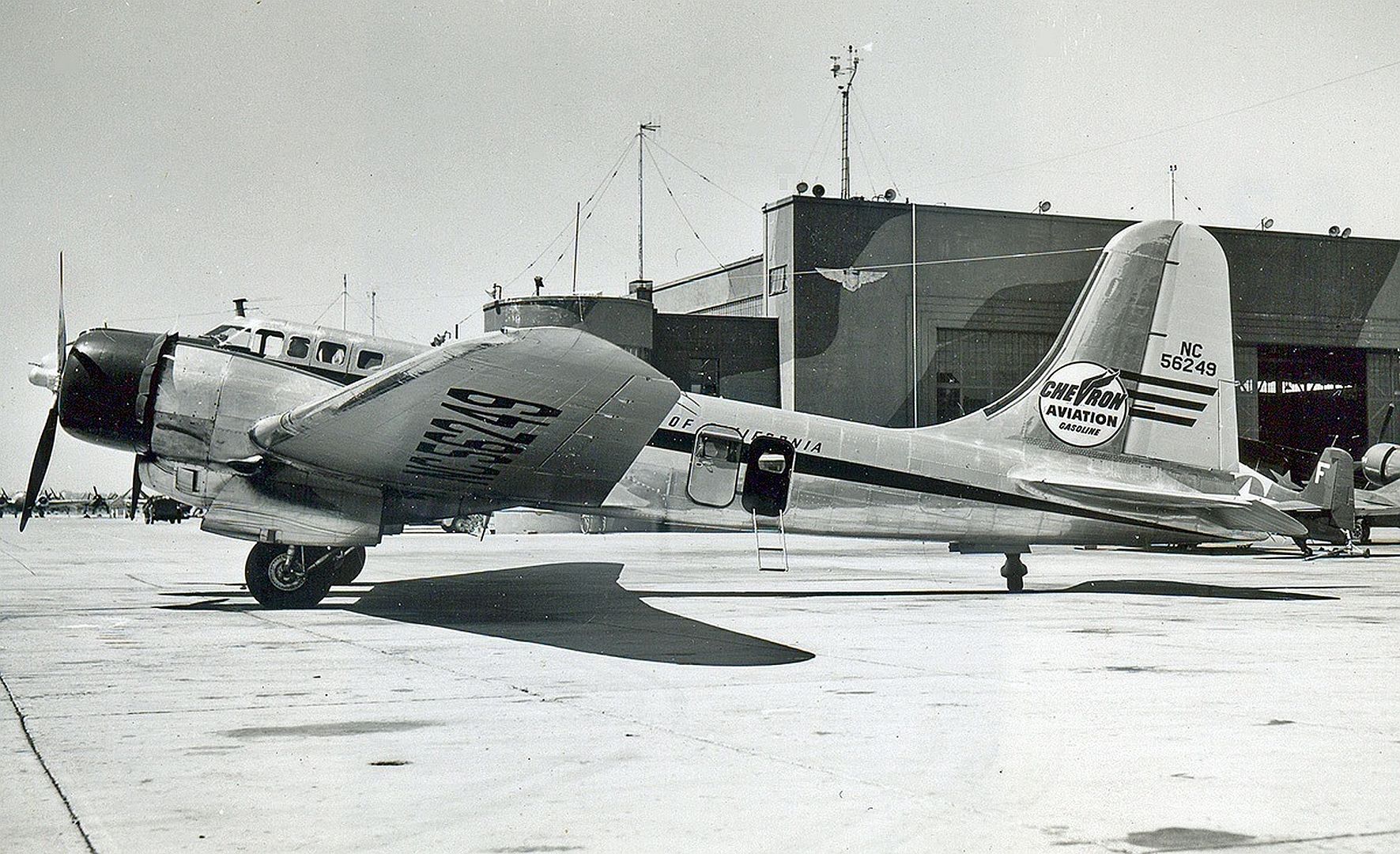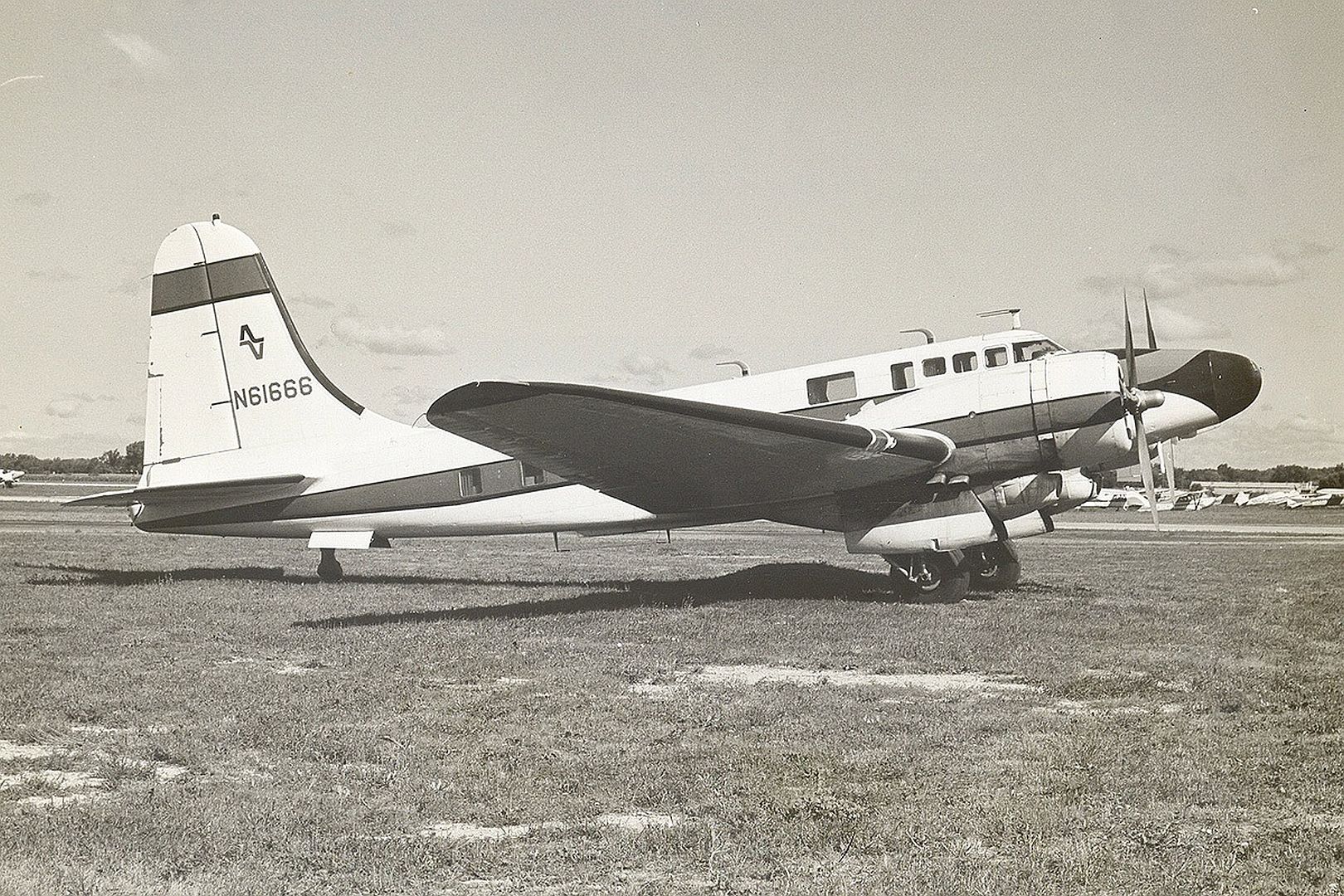Forums
- Forums
- Duggy's Reference Hangar
- USAAF / USN Library
- Douglas B-23 Dragon
Douglas B-23 Dragon
Post a reply
- Go to Previous topic
- Go to Next topic
- Go to Welcome
- Go to Introduce Yourself
- Go to General Discussion
- Go to Screenshots, Images and Videos
- Go to Off topic
- Go to Works in Progress
- Go to Skinning Tips / Tutorials
- Go to Skin Requests
- Go to IJAAF Library
- Go to Luftwaffe Library
- Go to RAF Library
- Go to USAAF / USN Library
- Go to Misc Library
- Go to The Ops Room
- Go to Made in Germany
- Go to Campaigns and Missions
- Go to Works in Progress
- Go to Juri's Air-Raid Shelter
- Go to Campaigns and Missions
- Go to Works in Progress
- Go to Skinpacks
- Go to External Projects Discussion
- Go to Books & Resources
-
 Main AdminText by Joe Baugher Thanks
Main AdminText by Joe Baugher Thanks
The Douglas B-23 Dragon was a development of the B-18A Bolo with a considerably refined fuselage and a tail gun position.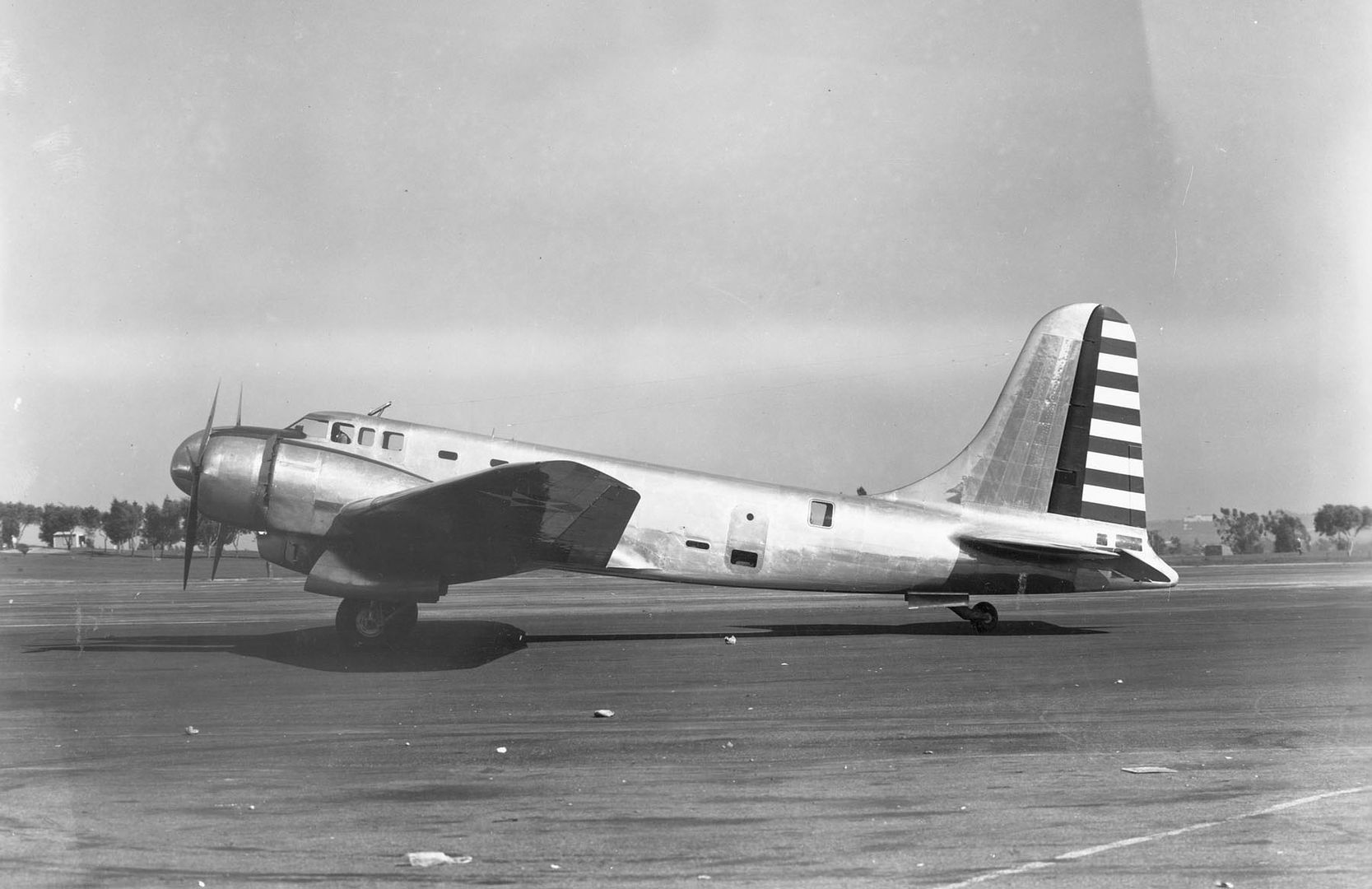
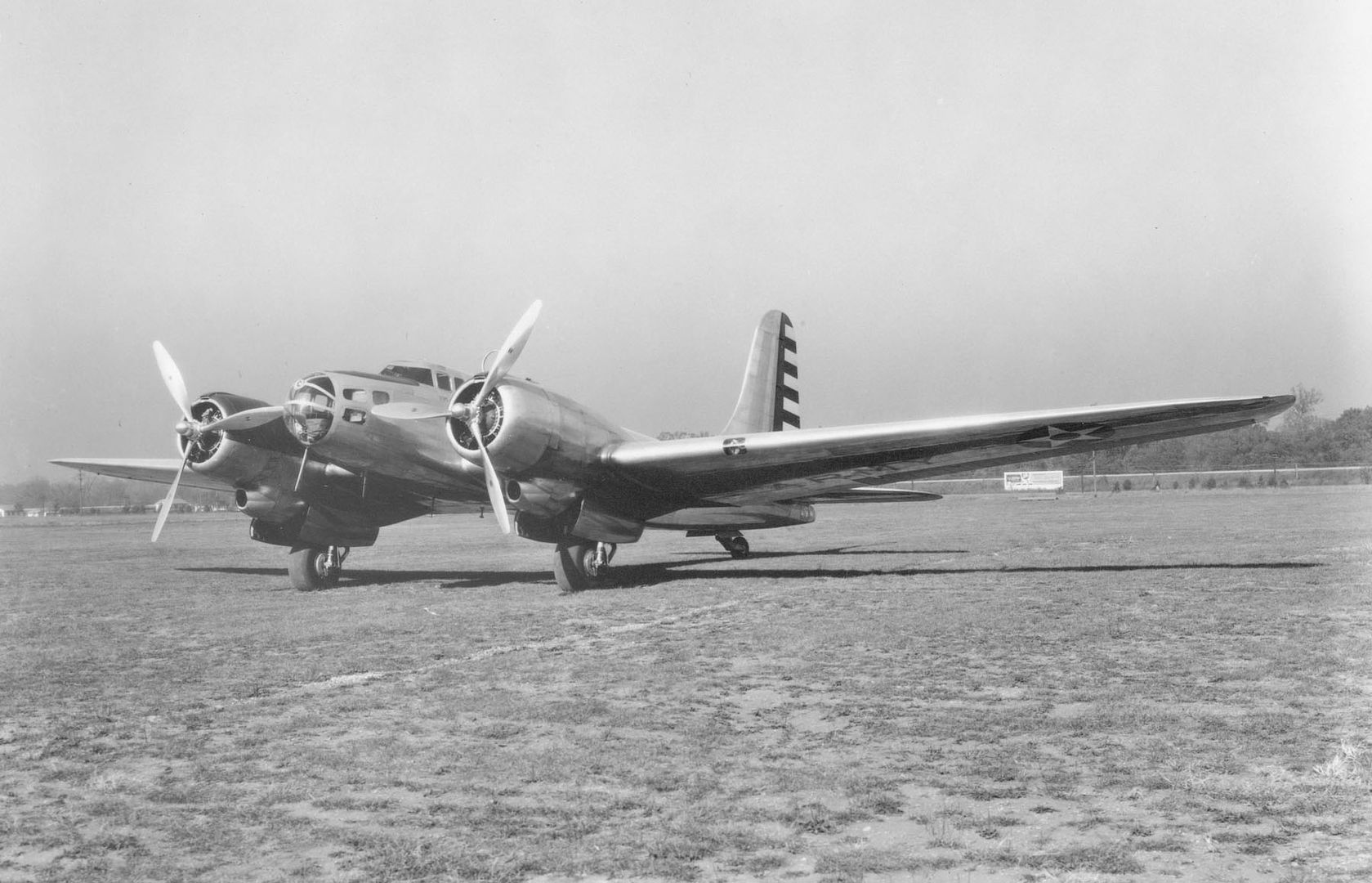
By the late 1930s, it was readily apparent that the performance of the B-18 bomber was rapidly rendering it obsolete. In an attempt to improve the performance of the B-18A, Douglas proposed that a pair of 1600 hp Wright R-2600-1 radials be fitted to a version of the B-18A to be designated XB-22. In spite of the substantial increase in power that was offered by the change in engines, the performance of the XB-22 still fell short of requirements and the project was abandoned before anything could be built.
As an alternative to the failed XB-22, Douglas proposed that the B-18 undergo a major redesign in which it would be fitted with the stronger wings of the DC-3 commercial transport and be equipped with a completely new and better-streamlined fuselage with a substantially larger fin and rudder. A pair of Wright R-2600 radials (that were to have powered the unbuilt XB-22) were to be used as the powerplants.
The USAAC was sufficiently intrigued by the Douglas proposal that they issued a change order in late 1938 in which the last 38 B-18As ordered under Contract AC9977 would be delivered as B-23s. Serials would be 39-27 thru 39-64. It was agreed that the usual prototype and service test phases would be skipped, and that all the aircraft would be delivered as production aircraft designated simply B-23.
The first B-23 (39-27) was completed in July of 1939, powered by a pair of 1600 hp Wright R-2600-3 radials. The fuselage of the B-23 was much less deep than that of the B-18A, and the vertical tail and rudder were much larger in area. This first aircraft had an unglazed nose, whereas later production aircraft were to have a glazed nose housing the bombardier's position plus a flexible 0.30-inch machine gun carried on a ball-and-socket mount. It was assumed that the higher top speed of the B-23 would make frontal attacks less likely, so a frontal turret was thought not to be necessary. Perhaps the most noticeable feature of the B-23 was the presence of a glazed tail gunner's position, the first to be installed on an American bomber.
The maiden flight of the B-23 took place from Clover Field at Santa Monica on July 27, 1939. After being evaluated by the Materiel Division at Wright Field in Ohio, the B-23 entered service with the 89th Reconnaissance Squadron based at March Field in California. The remaining 37 B-23s were delivered between February and September of 1940, replacing the Northrop A-17As of the 17th Bomb Group based at March Field. In service, the B-23 carried a flexible 0.30-inch gun on a ball-and-socket mount in the extreme nose, plus a 0.30-inch machine gun on a swing mount attached to the aft fuselage bulkhead and firing either through beam hatches or through a swing-down dorsal panel, a 0.30-inch machine gun firing through a ventral hatch, plus a 0.50-inch hand-held machine gun in the glazed tail-gunner's position. The aircraft also had provision for a camera mounted on the left hand side of the fuselage. The bomb bay could accommodate bombs of up to 2000 pounds in weight. The crew was six--pilot, bombardier, navigator, radio operator, camera operator, and tail gunner.
Although the B-23 was 66 mph faster than its B-18A predecessor and had a much better range, it was still clearly inferior to the Boeing B-17E, the first truly combat-capable version of the Fortress. The B-23 was slower than the North American B-25 Mitchell and Martin B-26 Marauder and was less heavily-armed. Consequently, the B-23 was never used in its intended bombardment role and never saw any combat overseas.
After the 17th Bomb Group's B-23s were replaced by B-25s, their B-23s were passed on to the 12th Bomb Group at McCord and to the 13th Bomb Group at Orlando. After Pearl Harbor, a few B-23s were used briefly for patrol along the Pacific Coast before being relegated to training roles.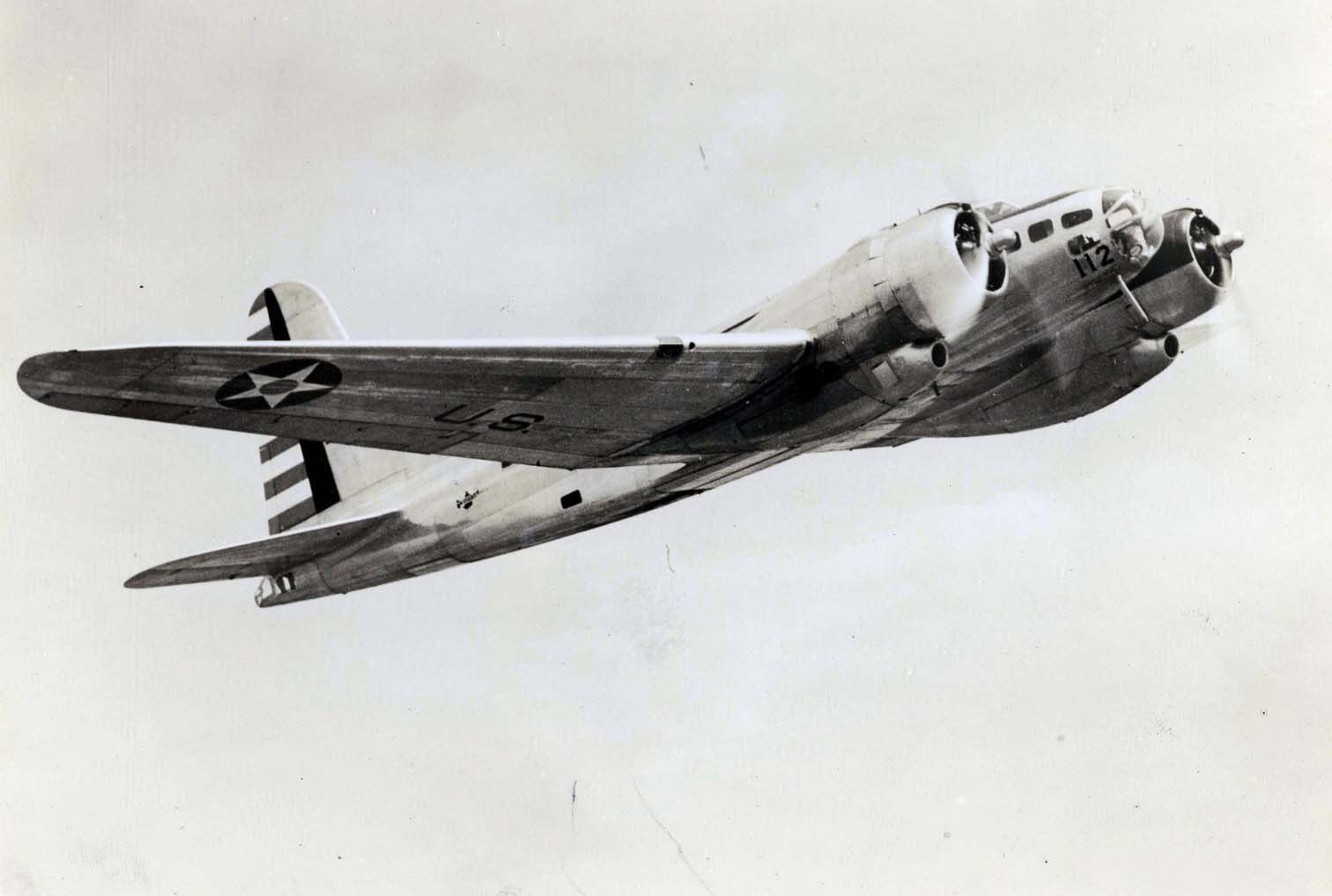
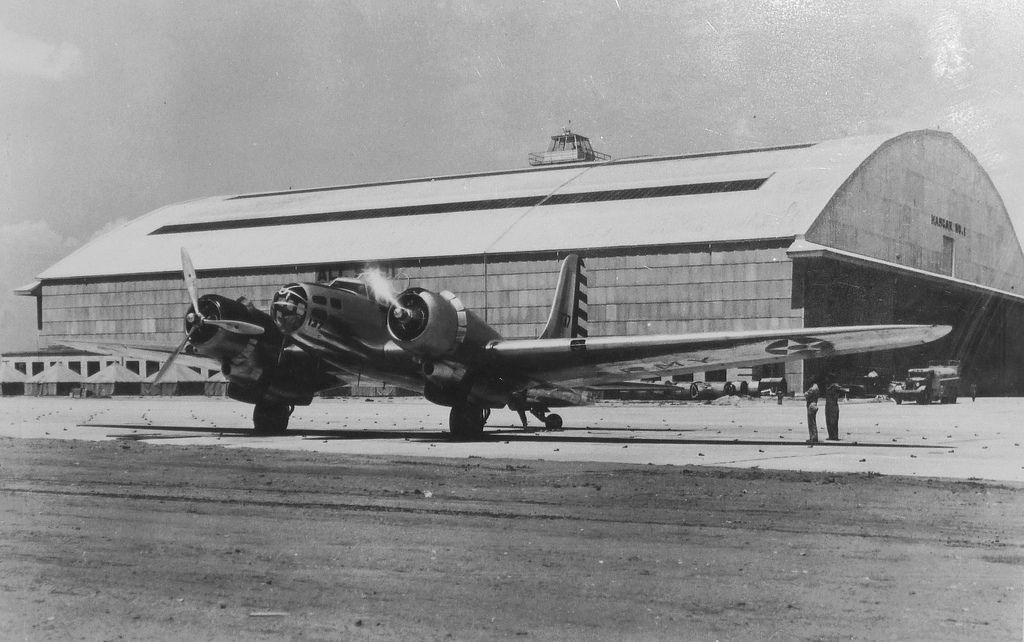
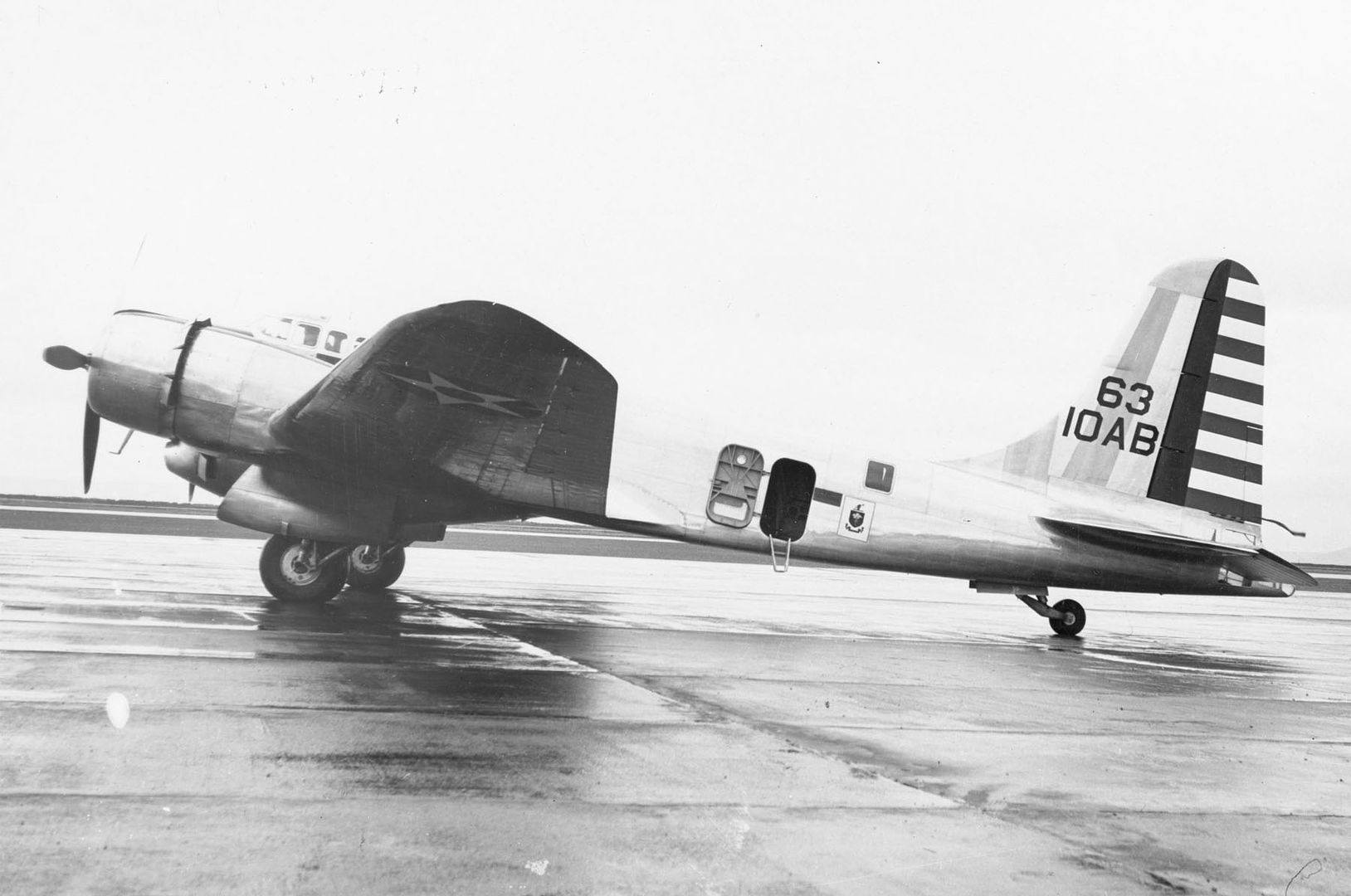
Many B-23s were later used for various tests and experiments. B-23 serial number 39-028 was used in glider pickup tests in which a glider's tow line would be held off the ground between two poles and caught by a hook extending from underneath the rear fuselage of the B-23 as it flew overhead. 39-28 was also used by Emerson Electric to test various remotely-controlled turret arrangements. B-23 number 39-032 was handed over to Pratt & Whitney on August 20, 1940 to test the 1850 hp R-2800-5 engine in support of the B-26 and XB-28 program. 39-053 was used at Muroc Dry Lake in California as a controller for the Culver PQ-8 radio-controlled drone.
At least eighteen B-23s were modified as transports under the designation UC-67. Known serials are 39-029, 031, 034, 035, 039, 041, 043, 044, 047, 054/059, 061, 063, and 064.
After the end of the war, surviving B-23s and UC-67s were sold off as surplus. Many were refitted as corporate aircraft and were provided with a new and longer metal nose, full washroom facilities, plus accommodations for twelve passengers in two compartments. Several of these civil conversions were still flying in the late 1970s.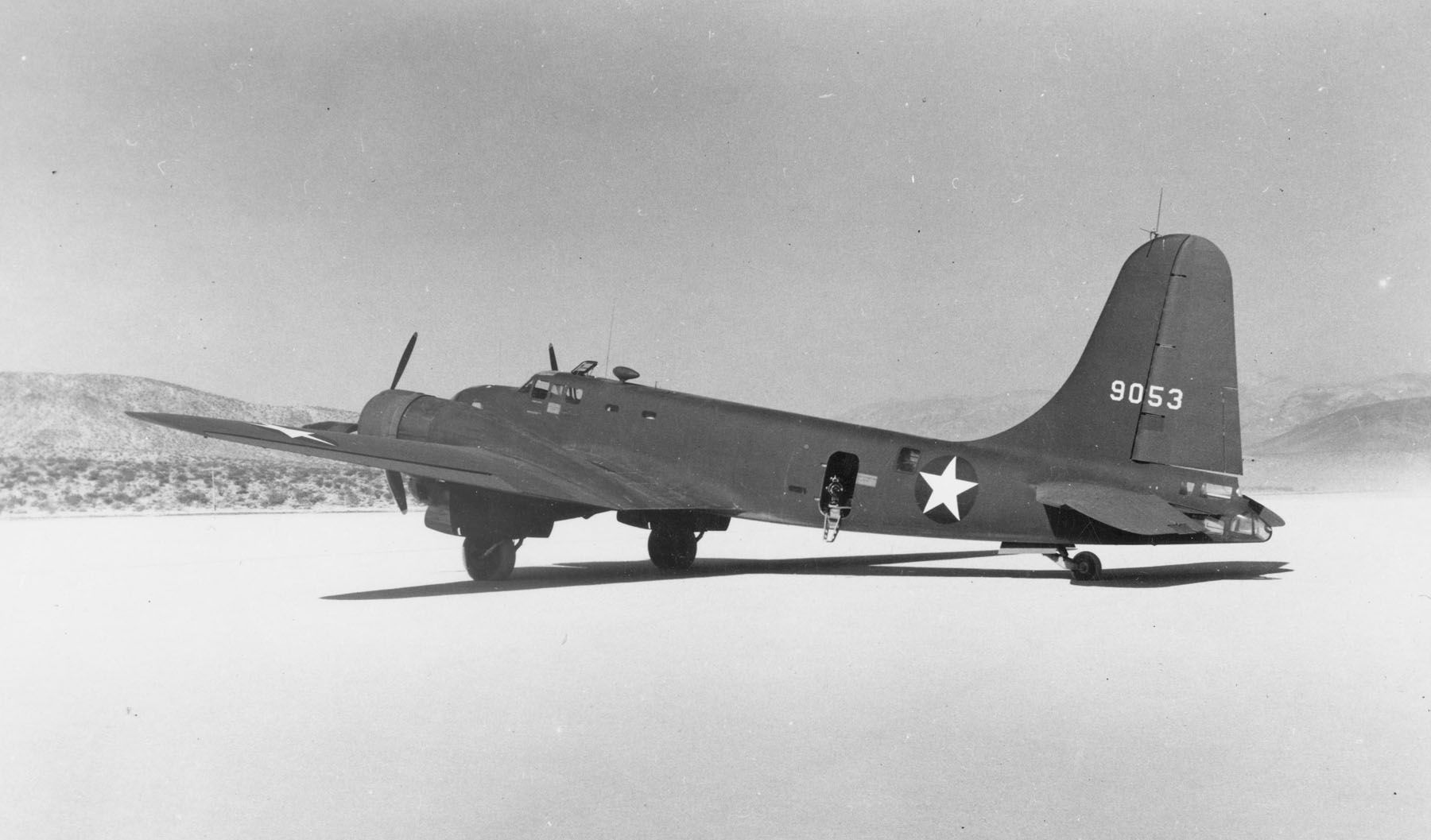
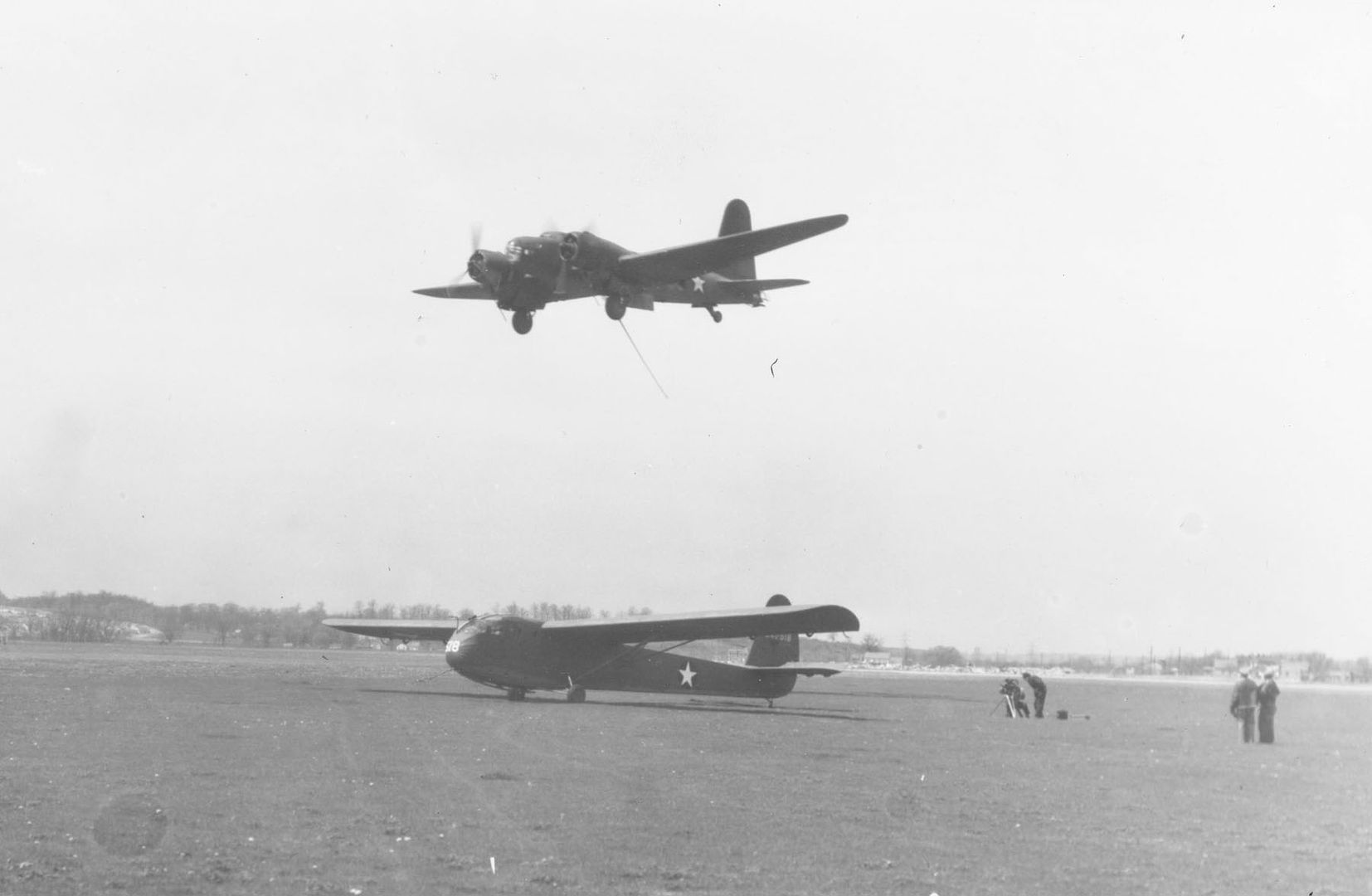
Serials:
39-027/064 Douglas B-23 Dragon
c/n 2713/2750
035 converted to UC-67
036 at McChord Air Museum, WA.
037 at USAF Museum, OH undergoing restoration.
038 converted to UC-67
041 converted to UC-67
045 at Castle Air Museum, CA
047 converted to UC-67
051 at Pima Air Museum, Tucson, AZ.
052 crashed McCall, Idaho Jan 29, 1943. Crew recovered
some time after Feb 13.
053 converted to UC-67. RFC/scrap, Patterson Field 5/31/45
056 RFC Patson Field, Savanna GA 6/5/45
062 RFC McKeller Field, TN 7/3/46
064 RFC McKeller Field, TN 9/3/44
Specification of the Douglas B-23 Dragon:
Two Wright R-2600-3 air-cooled radial engines, rated at 1600 hp for takeoff and 1275 hp at 12,000 feet. Performance: Maximum speed 282 mph at 122,000 feet, cruising speed 210 mph. An altitude of 10,000 feet could be reached in 6.7 minutes. Service ceiling 31,600 feet. Normal range 1400 miles with 4000 pounds of bombs, maximum range 2750 miles. Weights: 19,089 pounds empty, 26,500 pounds loaded, 32,400 pounds maximum. Dimensions: wingspan 92 feet, length 58 feet 4 3/4 inches, height 18 feet 5 1/2 inches, wing area 993 square feet. Armed with a flexible 0.30-inch gun on a ball-and-socket mount in the extreme nose, a 0.30-inch machine gun on a swing mount attached to the aft fuselage bulkhead and firing either through beam hatches or through a swing-down dorsal panel, a 0.30-inch machine gun firing through a ventral hatch, plus a 0.50-inch hand-held machine gun in the glazed tail-gunner's position.
-
3 years agoMon Sep 06 2021, 12:18pmDuggy
 Main Admin
Main Admin
Post a reply
- Go to Previous topic
- Go to Next topic
- Go to Welcome
- Go to Introduce Yourself
- Go to General Discussion
- Go to Screenshots, Images and Videos
- Go to Off topic
- Go to Works in Progress
- Go to Skinning Tips / Tutorials
- Go to Skin Requests
- Go to IJAAF Library
- Go to Luftwaffe Library
- Go to RAF Library
- Go to USAAF / USN Library
- Go to Misc Library
- Go to The Ops Room
- Go to Made in Germany
- Go to Campaigns and Missions
- Go to Works in Progress
- Go to Juri's Air-Raid Shelter
- Go to Campaigns and Missions
- Go to Works in Progress
- Go to Skinpacks
- Go to External Projects Discussion
- Go to Books & Resources
